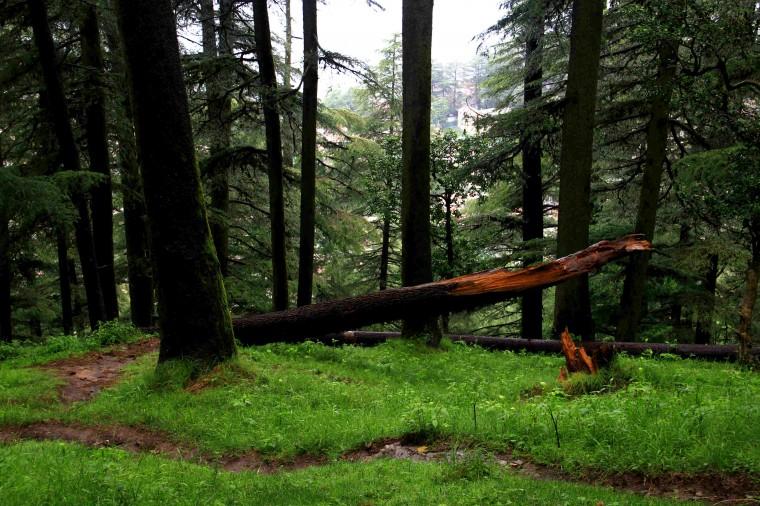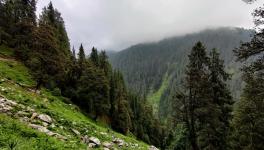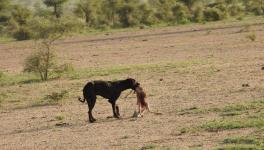MoU Between WII and NBCC Raises Several Questions

Wildlife Institute of India (WII), an autonomous research institute under Ministry of Environment and Forests, has drawn criticism after it signed a Memorandum of Understanding (MoU) with National Building Construction Corporation (NBCC) to "facilitate" environmental clearances to build the Ramnagar-Kotdwar highway in Uttarakhand. The proposed highway, which may reduce the distance between two important cities of the hill state by 78 kilometre, traverses through the core areas of Jim Corbett Tiger Reserve.
The Bharatiya Janata Party government led by Chief Minister Trivendra Singh Rawat has put all its weight behind the clearance for the highway. The saffron party had made the construction of highway one of the key promises in its election campaign in 2017. The state government's desperation could be gauged from the fact that State Transport Minister H S Rawat, in a letter to Union Minister Nitin Gadkari, has sought national highway status for the proposed project.
The state government's active pursuance comes despite the decision of the Supreme Court in 2005, which banned the construction of the highway, and asked the state governments of Uttarakhand and Uttar Pradesh to come up with alternative roads between the cities, to safeguard the Jim Corbett reserve.
Experts and wildlife enthusiasts allege that the MoU between the NBCC and WII results in conflict of interest. The issue raised is that the institute is a part of the National Board for Wildlife (NBWL), which takes decisions on the wildlife clearances given to different projects. The National Tiger Conservation Authority (NTCA) also has expressed its displeasure, and has said that the feasibility survey to be carried along the route may result in a contempt of the Supreme Court order.
NTCA, in its letter, also sought a clarification from the institute and said, "Attention is drawn to the Apex Court judgment dated November 25, 2005, wherein the alignment of the said had been categorically decided upon by the Court." It added, "In light of these facts, it is requested to kindly clarify the position of WII as it is apparently in contempt of orders of Supreme Court and the Uttarakhand High Court."
Rahul Chaudhary, a wildlife activist and lawyer, said that whether the MoU is in conflict of interest or not needs to be ascertained. But the involvement of WII is completely wrong. He said, "The government is using the institute in getting sanctity for the highway project. It is completely wrong."
Responding to the reply of the institute that ‘a lot has changed since the Supreme Court judgment in 2005 and reassessment does not result in the contempt’, Chaudhary said that the forest cover has decreased since 2005, and the institute must discard the project in its report.
The development comes days after the Ministry of Road Transport and Highways (MoRTH) proposed plans to lift the ban on vehicular movement on the National Highway 212 during nights in Karnataka's Bandipore Tiger Reserve. The proposed lifting of the ban will come along with the construction of four elevated stretches of 1 km length to create passage ways for animals across the reserve. It also includes widening of the existing right of way to 15 metre uniformly from 10-15 metre. The ministry is also planning to build eight-feet-long fences to prevent accidents.
Environmentalists argue that the construction of highways within the tiger reserves affects their habitat and results in human-animal conflict. However, Dr Aradhana, former senior scientist, WII, thinks that it is the integration of people with the forests that can help in conservation and protection of tigers.
She said, "The entire biodiversity needs to be protected if tigers have to saved. The quality of forest in Uttarakhand is so bad that the tigers and leopard come out of their natural habitat and attack people. So, tiger conservation cannot be done with piecemeal measures."
Get the latest reports & analysis with people's perspective on Protests, movements & deep analytical videos, discussions of the current affairs in your Telegram app. Subscribe to NewsClick's Telegram channel & get Real-Time updates on stories, as they get published on our website.
























